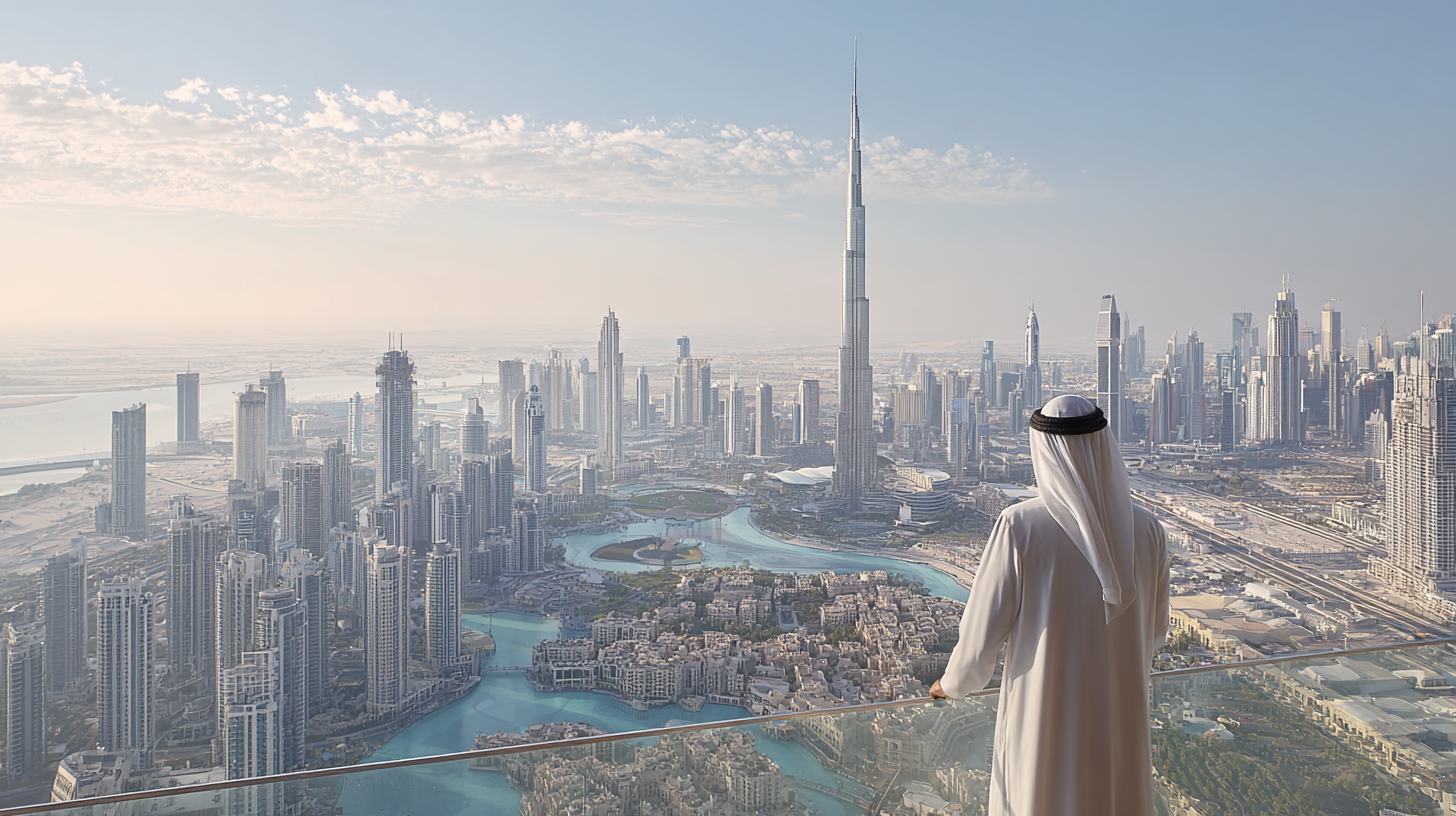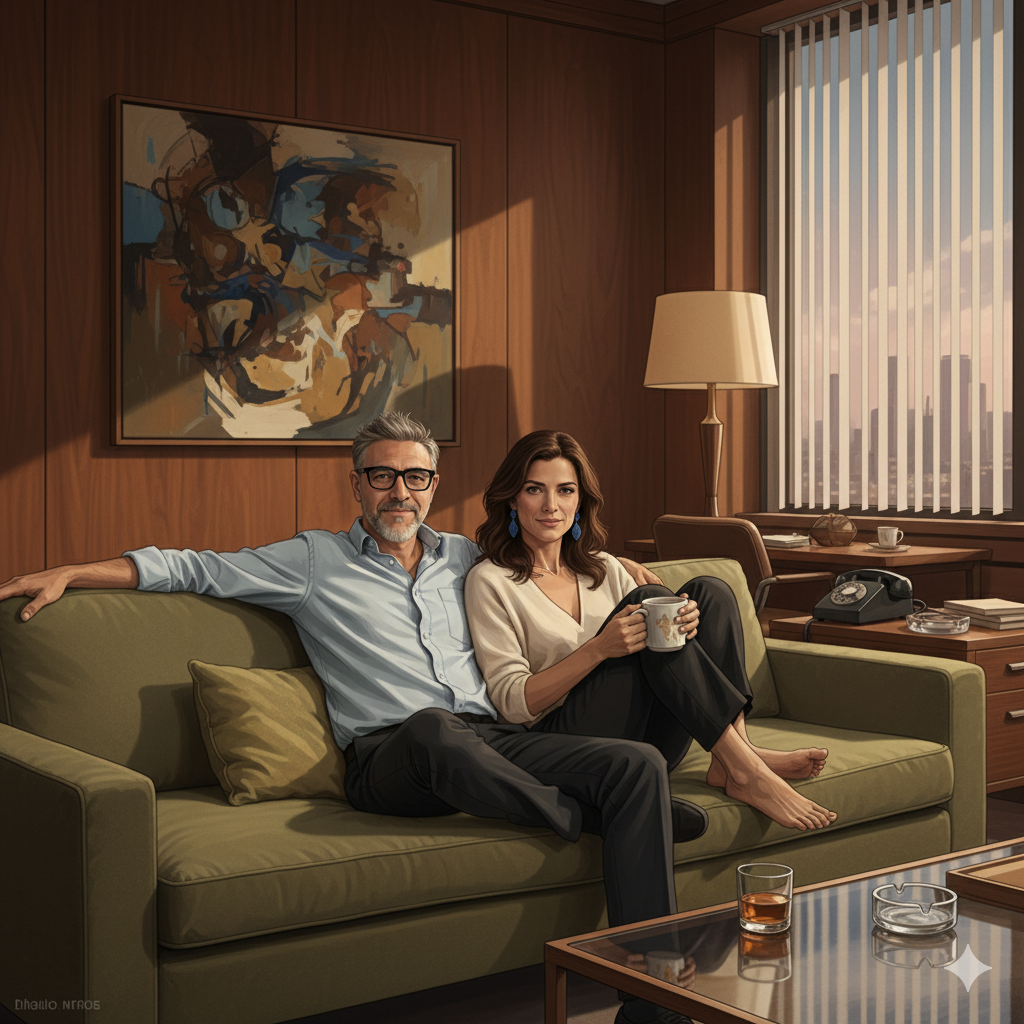In the realm of real estate, where transactions are bound by their complexity and size, there’s an invisible feature as costly as the land itself: doubt. It’s strange to consider doubt as a feature, especially in an industry fixated on tangible things like square footage, location, and style. Yet, the uncertainties seated deep within the buyer’s psyche frequently overshadow even the grandest architectural triumphs. It’s doubt that turns the elegance of a pre-sale into what feels like a puzzle without a picture.
Imagine walking into a vast gallery where each art piece draped in cloth whispers promises of unparalleled beauty beneath. The stakes are high, and the gallery insists you purchase before unveiling. This encapsulates the oddity of real estate pre-sales—transactions where buyers must conjure complete images from a mere sketch or rendering. Doubt in real estate clouds the clarity of these images, rendering potential futures as murky as uncharted waters.
Traditional tools fail us here. The floor plans, renders, and brochures, while precise, fragment rather than unify the vision. Like viewing a painting one pixel at a time, they demand of the buyer both an acute imagination and an unwavering trust, a miracle akin to time travel without a machine. These methods offer only rehearsal, not performance, crafting a play without an audience.
But what if we could shift the paradigm of control, echoing the transformation seen in other industries? Moving from a seller-led performance to a buyer-led exploration—this is where the power of flow in the real estate process begins to shine. It’s here, nestled in the cradle of technology, that we introduce virtual tours as a foundational ’tile,’ a piece in the grand puzzle that when placed correctly, reveals the full picture.
Unit-specific, context-rich virtual tours present properties in their temporal glory, ensuring that every qualifying unit can be seen in its actual orientation, light, and view. It’s embarking on a journey without the risk of unexpected turns, capturing the genuine essence of the space and communicating it with integrity. By integrating building, amenity, and neighborhood contexts into a singular experience, these tours offer a continuous narrative—the essence of spatial continuity and orientation that breeds confidence.
In our digital age, this shift is not merely a technological one but a psychological one, tapping into the buyer’s need for a seamless chain from exploration to decision. It’s akin to the Amazon effect for real estate, where meaningful information paired with accessible, fluid processes encourages even the most significant decisions to be made online. Imagine a world where hesitation is replaced by informed confidence, where the dread of unknowns is supplanted by a trusted experience as fluid as deciding to buy a book.
Such mastery of doubt doesn’t come from flashy gimmicks but through subtlety in product capabilities—the ability to tour entire qualifying units, build context at every step, and seamlessly capture and guide buyer behaviors. It’s about creating a decision-making environment so inherently reliable that the handoffs that once shattered trust now exist only in memory.
Reflecting on this evolution, one perceives an inevitable vision forming—a horizon where full online property transactions become the norm. Each ’tile,’ such as the sophisticated virtual tour, meticulously crafted to dissolve doubt, forms the mosaic of a future that’s not only possible but inevitable. As our understanding of real estate doubt sharpens, the path to a calmer, simpler, and more trustworthy real estate experience emerges, crystal clear.
In the end, doubt may be the most expensive feature in real estate, but it’s one that carries the revolutionary potential for change. By transforming the unknown into the known, and the uncertain into the assured, we glimpse a future crafted not from concrete and glass, but from trust, confidence, and seamless exploration. It’s a future already taking shape beneath our very feet.



